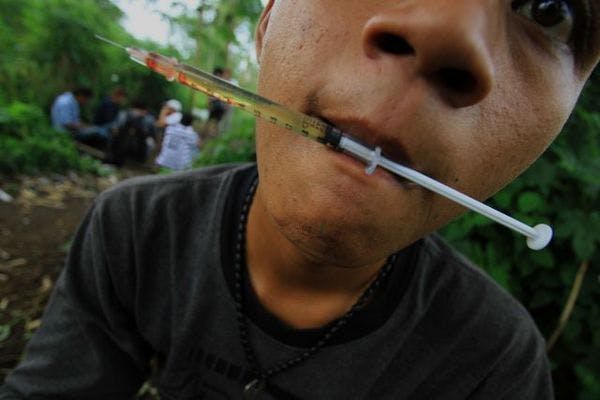L’objectif zéro-drogues de l’ASEAN pour 2015 n’est pas réaliste
L’Asie du Sud-Est se convertit progressivement à la réduction des risques pour lutter contre l'usage illicite de drogues et le VIH/sida, mais d'énormes obstacles subsistent. Pour en savoir plus, en anglais, veuillez lire les informations ci-dessous.
Abonnez-vous à l'Alerte mensuelle de l'IDPC pour recevoir des informations relatives à la politique des drogues.
Southeast Asia, where almost all countries now have some form of harm reduction, is experiencing serious obstacles in their efforts to curb illicit drug use and HIV/AIDS through alternative treatments.
Several harm reduction programs lack government funding, are ill-equipped to meet demand, or fail to comply with UN standards. At the same time, national drug policies encourage law enforcement to criminalize drug users.
While most countries allow key harm reduction strategies, such as needle and syringe exchange programs (NSPs) and opioid substitution therapy (OST), a harsh “war on drugs” method often prevails as the Association of Southeast Asian Nations, a 10-member economic bloc, struggles with the “unrealistic hope” of a drug-free region by 2015, said Joe Amon, director of the health and human rights division at HRW.
Click here to read the full article.
Keep up-to-date with drug policy developments by subscribing to the IDPC Monthly Alert.
Régions
Profils associés
- Human Rights Watch (HRW)
- International Drug Policy Consortium (IDPC)
